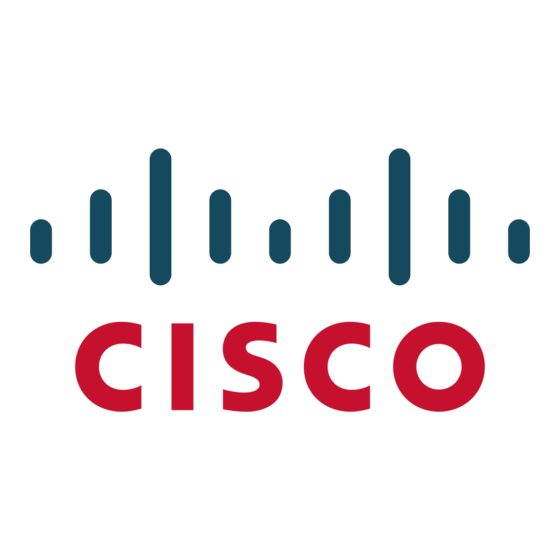QuickSpecs
Technical Specifications
Spanning Tree Features
Spanning Tree Features
Spanning Tree Features
Spanning Tree Features
Trunking Features
Trunking Features
Trunking Features
Trunking Features
DA - 12515
Worldwide — Version 7 — November 12, 2007
Cisco Catalyst 3020 Blade Switch for HP c-Class
Cisco Catalyst 3020 Blade Switch for HP c-Class
Cisco Catalyst 3020 Blade Switch for HP c-Class
Cisco Catalyst 3020 Blade Switch for HP c-Class
specific server, regardless of where the server is connected.
IEEE 802.1x and port security are provided to authenticate the port and
manage network access for all MAC addresses, including those of the server.
IEEE 802.1x with an ACL assignment allows for specific identity-based
security policies, regardless of where the server is connected.
IEEE 802.1x with Guest VLAN allows servers without 802.1x clients to have
limited network access on the Guest VLAN.
Cisco security VLAN ACLs (VACLs) on all VLANs prevent unauthorized data
flows from being bridged within VLANs.
Port-based ACLs (PACLs) allow security policies to be applied on individual
switch ports.
SSH Protocol (v2), Kerberos, and SNMPv3 provide network security by
encrypting administrator traffic during Telnet and SNMP sessions. SSH,
Kerberos, and the cryptographic version of SNMPv3 require a special
cryptographic software image due to U.S. export restrictions.
Secure Sockets Layer (SSL) provides a secure means to use Web-based tools
such as HTML-based device managers.
Private VLAN Edge provides security and isolation between switch ports,
helping to ensure that users cannot snoop on other users' traffic.
Bidirectional data support on the Switched Port Analyzer (SPAN) port allows
Cisco Secure Intrusion
IEEE 802.1D Spanning-Tree Protocol support for redundant backbone
connections and loop-free networks simplifies network configuration and
improves fault tolerance.
Per-VLAN Rapid Spanning-Tree (PVRST+) allows rapid spanning-tree
convergence on a per-VLAN spanning-tree basis, without requiring the
implementation of spanning-tree instances.
IEEE 802.1s Multiple Spanning-Tree Protocol (MSTP) allows a spanning-tree
instance per VLAN and enables each VLAN to use a different uplink allowing
better utilization of uplinks.
IEEE 802.1w Rapid Spanning-Tree Protocol (RSTP) provides rapid spanning-
tree convergence independent of spanning-tree timers.
Unidirectional Link Detection (UDLD) and Aggressive UDLD allow
unidirectional links to be detected and disabled to avoid problems such as
spanning-tree loops.
Cisco UplinkFast and BackboneFast technologies help to ensure quick
failover recovery, enhancing overall network stability and reliability.
PVST+ allows for Layer 2 load sharing on redundant links to efficiently use
the extra capacity inherent in a redundant design.
Dynamic Trunking Protocol (DTP) enables dynamic trunk configuration
across all switch ports.
Port Aggregation Protocol (PAgP) automates the creation of Cisco Fast
EtherChannel® groups or Gigabit EtherChannel® groups to link to the
upstream switch/router, or server blades
Link Aggregation Control Protocol (LACP) allows the creation of Ethernet
channeling with upstream switches that conform to IEEE 802.3ad. This
feature is similar to Cisco EtherChannel technology and PAgP.
BladeSystem
BladeSystem
BladeSystem
BladeSystem
Page 8

